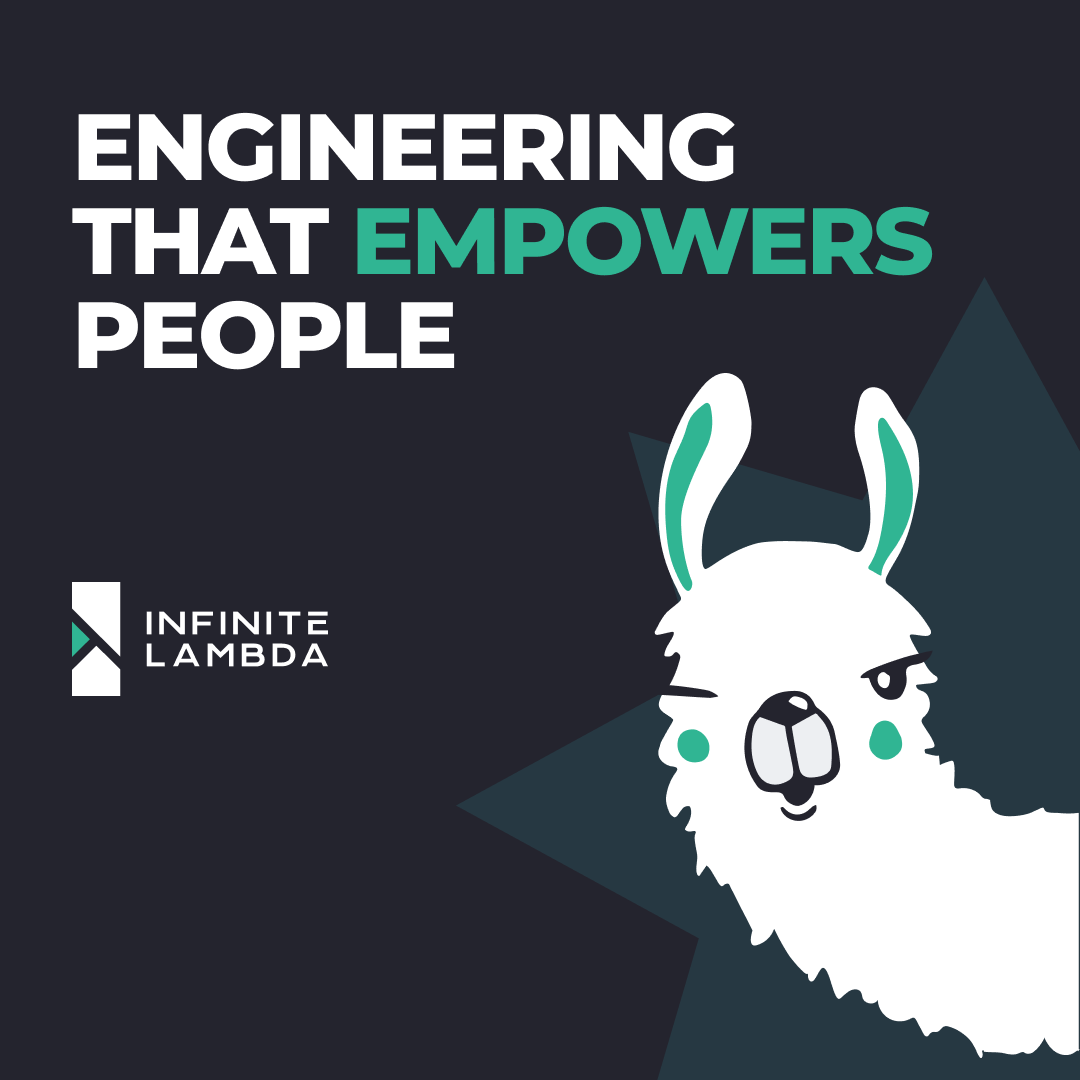Provide a short description explaining the what, why, and how of your project. Use the following questions as a guide:
- What was your motivation?
- Why did you build this project? (Note: the answer is not "Because it was a homework assignment.")
- What problem does it solve?
- What did you learn?
If your README is long, add a table of contents to make it easy for users to find what they need.
What are the steps required to install your project? Provide a step-by-step description of how to get the development environment running.
Provide instructions and examples for use. Include screenshots as needed.
To add a screenshot, create an assets/images folder in your repository and upload your screenshot to it. Then, using the relative filepath, add it to your README using the following syntax:
```md

```
If your project has a lot of features, list them here.
If you created an application or package and would like other developers to contribute it, you can include guidelines for how to do so. The Contributor Covenant is an industry standard, but you can always write your own if you'd prefer.
Go the extra mile and write tests for your application. Then provide examples on how to run them here.
The last section of a high-quality README file is the license. This lets other developers know what they can and cannot do with your project.
If you need help choosing a license, refer to choosealicense.com.
Infinite Lambda is a cloud and data consultancy. We build strategies, help organisations implement them and pass on the expertise to look after the infrastructure.
We are an Elite Snowflake Partner, a Platinum dbt Partner and two-times Fivetran Innovation Partner of the Year for EMEA.
Naturally, we love exploring innovative solutions and sharing knowledge, so go ahead and:
🔧 Take a look around our Git
✏️ Browse our tech blog
We are also chatty, so:
#️⃣ Follow us on LinkedIn
👋🏼 Or just get in touch

